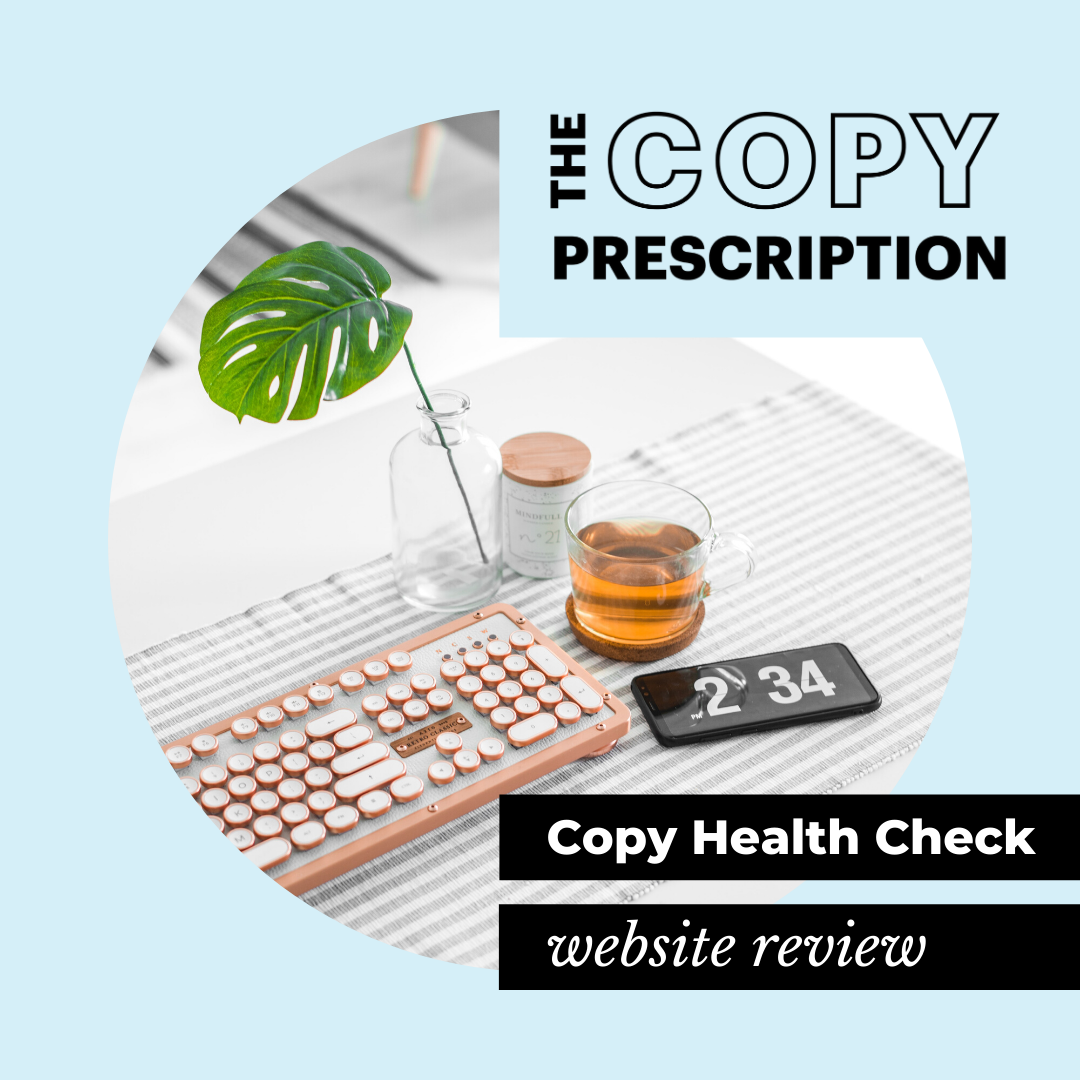How to write confidently in your own voice
Have you listened to The Dropout podcast yet? I’m obsessed.
Talk about the Emperor’s new clothes (or, black turtleneck, in this case).
If you don’t know what I’m talking about, this is the story of Elizabeth Holmes, the Stanford dropout who became a biotech billionaire thanks to a revolutionary blood-testing device.
With the Theranos kit, people could get a speedy diagnosis for hundreds of conditions, from cholesterol to cancer. All from a finger-prick of blood. Pretty exciting, right?
Except… it was all a massive lie.
Somehow, she managed to convince thousands of investors, journalists and patients that this improbable test would disrupt the entire healthcare industry.
It's not just me who's obsessed – there's the podcast I mentioned. A documentary. Another documentary. A film starring Jennifer Lawrence!
What I can’t get over is the allegation that Holmes speaks with a fake voice.
Google it. It’s bizarre.
Bizarre, not just because she felt she had to pretend to sound like a man to be taken seriously (eye-roll x1000).
But wasn’t it exhausting to speak like that 24/7?
Isn’t it easier to just… be yourself?
Anyway, this made me think about how exhausting it is to write in a voice that’s not your own, too.
When you’re trying to be something you’re not, the words don’t flow, you struggle to convey what you really want to say, and worst of all, when people meet you IRL, you sound nothing like you do on the page.
And if there’s one thing we can learn from the Theranos debacle, it’s that no one likes to feel duped.
Your readers want to believe in you.
Let’s talk about how to write copy in your own voice.
First of all, what do we mean by ‘voice’ when we’re talking about writing copy?
Here’s an easy way to break it down:
Your message is WHAT you’re saying (about you, your services, your customers...)
Your voice is HOW you say it (the words, phrases, length of sentences, number of exclamation marks, metaphors, humour, etc.)
Many brands make the mistake of either writing copy in a voice that’s eye-wateringly boring, or toe-curlingly cringey because it’s just not them.
For example, if you wouldn’t greet your clients with ‘wasssuppp, ma bitches!’ in real life, please don’t begin your emails that way (unless you’re Olivia Colman and you’ve just accepted an Oscar).
Equally though, if you DO have a more, ahem, direct communication style in person, your copy shouldn't read like a brochure for the British Butler Institute.
There’s a balance, of course, but it’s better for you and your readers if they believe you’re being yourself.
Why is tone of voice important?
The right tone of voice helps you connect with the right readers. It inspires readers to think and feel a certain way while they read your copy – which in turn inspires them to take the desired action.
It humanises your brand, which is especially important in health, where the decision to buy or sign up is usually very personal.
And it's what makes you sound like you. It makes people feel safe to interact with you. And that’s something your competitors will be hard-pressed to pinch.
How to write copy in your own voice
Let’s talk tactics. It's not as easy as just 'writing like you speak', so how do you know what your brand voice should be? Here are some pointers to help you break it down:
Embody the values your readers desire – do they value straight-talking honesty, humour, quirkiness, reliability? Not sure? Ask your current clients what attracted them to you in the first place, and start playing that up in your writing.
Focus on user experience – remember the golden rule of copywriting: ‘clear over clever’. Say what you want to say, as you would in person. And don’t write for your peers.
Differentiate yourself from the competition – think about what makes you stand out from others in your industry. Is it a weird obsession with donuts? A hidden talent for circus skills? The fact that you run your biz and raise 3 kids at the same time? The things that make you different – that make you YOU – should all be part of your brand personality and voice.
Think about where you sit between personality ‘opposites’ – are you serious or funny? Casual or formal? Edgy or down to earth? Figuring out where you are on a spectrum can help pin down a consistent tone of voice.
Finally, just BE YOU – because as we’ve seen with Elizabeth Holmes, it’s weird (and exhausting) to be something you’re not.
Take a moment now to think, how would you describe your brand voice?
What are the 3 most important adjectives that make you sound like YOU?
***
If all this talk of tone has tempted you to do a serious deep dive on your brand voice, I’m now offering Brand Messaging Strategy Sprints – research-based brand messaging and voice guidelines to give you clarity, confidence and happy clients in a matter of days. Drop me a line if you'd like to find out more.
***
(📷: Jason Rosewell on Unsplash)











